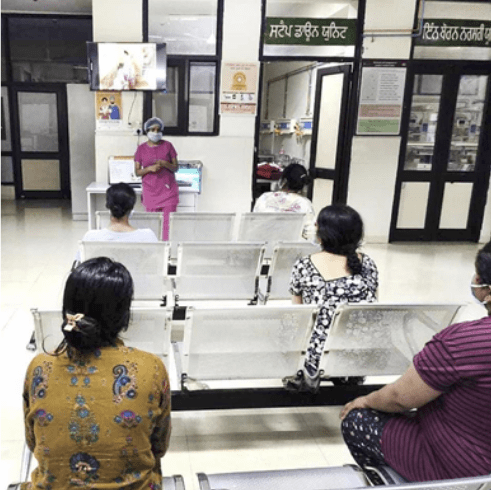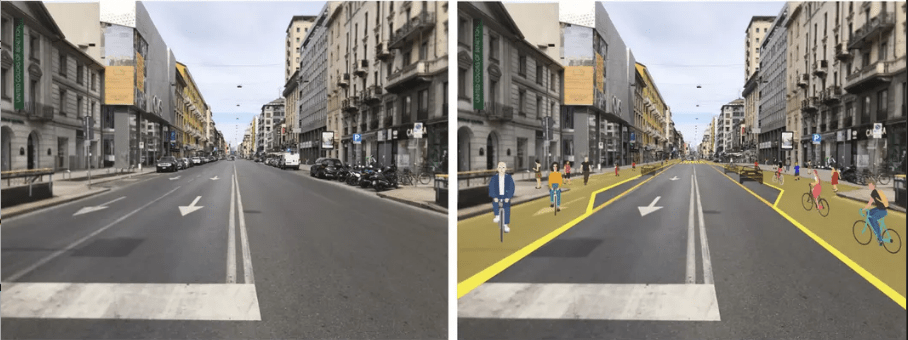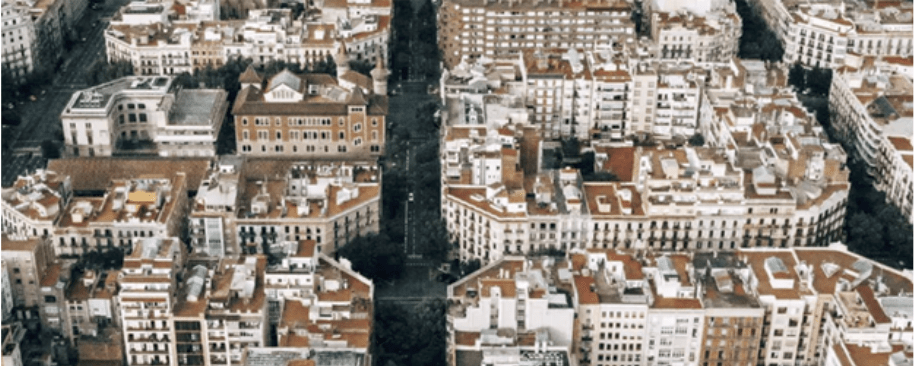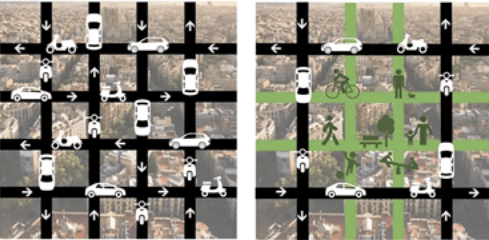Amsterdam, Cushman & Wakefield
https://www.fastcompany.com/90488060/our-offices-will-never-be-the-same-after-covid-19-heres-what-they-could-look-like
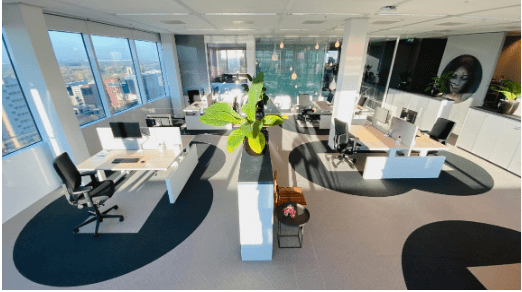
Cushman & Wakefield created a working laboratory, in which they tested new ways to adhere to social distancing requirements and hygiene in their Amsterdam headquarters. The core premise is to ensure that it is possible to maintain a distance of six feet, the recommended measurement for safe social distancing, between people at all times communicating information through visual cues and space markings.

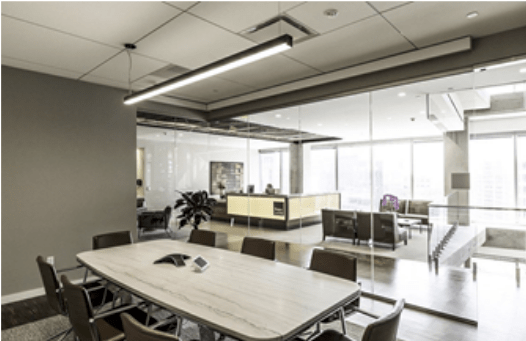 Newer office buildings can utilize data produced and processed by their lighting control system to capture and analyze data to better understand how their spaces are being used to be able to make informed decisions for a safer reentering strategy. This project takes a deeper look at how automated lighting works in buildings, particularly offices to use the data gained from the light sensors that can impact how people use spaces together post COVID.
Newer office buildings can utilize data produced and processed by their lighting control system to capture and analyze data to better understand how their spaces are being used to be able to make informed decisions for a safer reentering strategy. This project takes a deeper look at how automated lighting works in buildings, particularly offices to use the data gained from the light sensors that can impact how people use spaces together post COVID. 